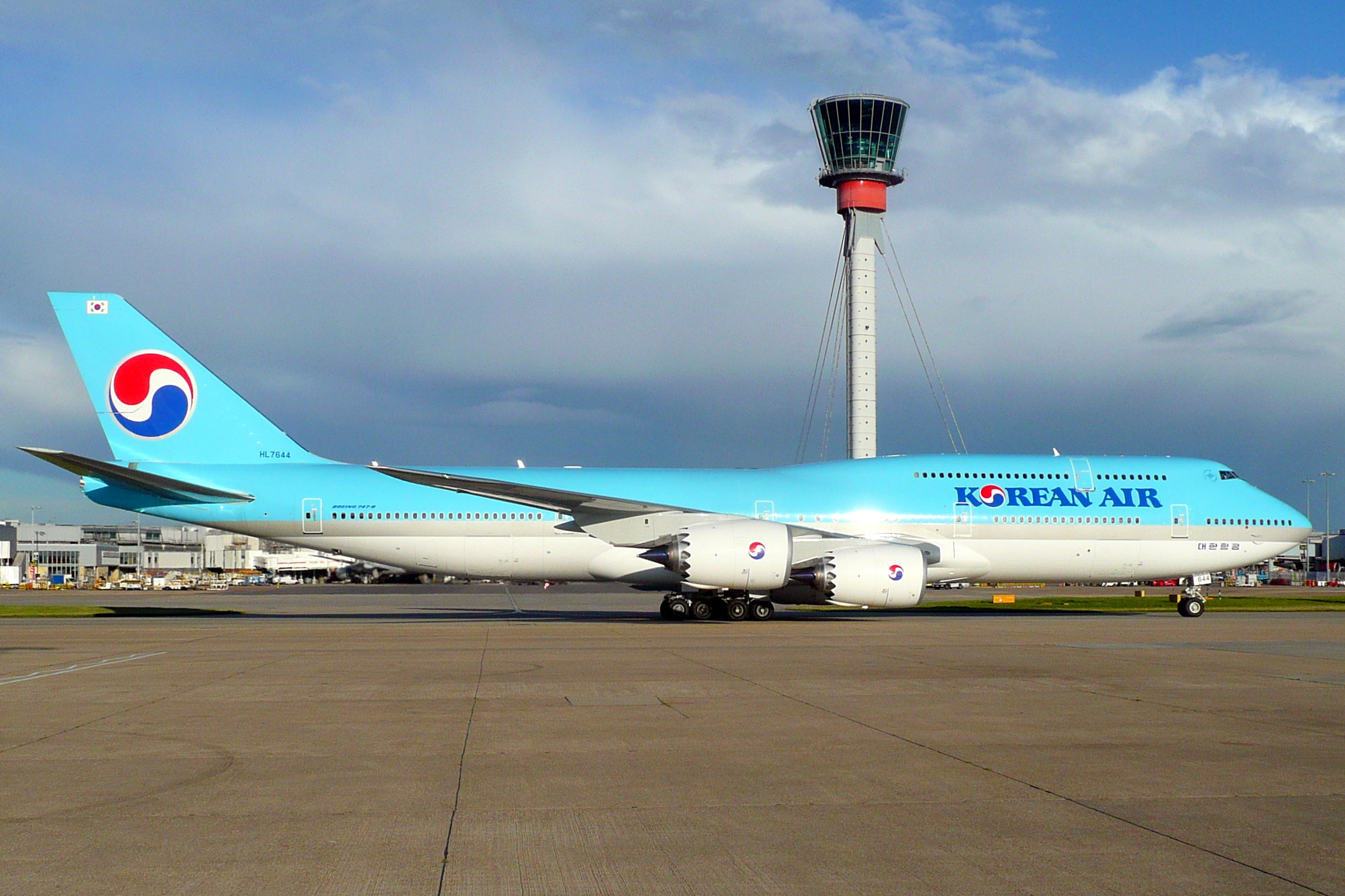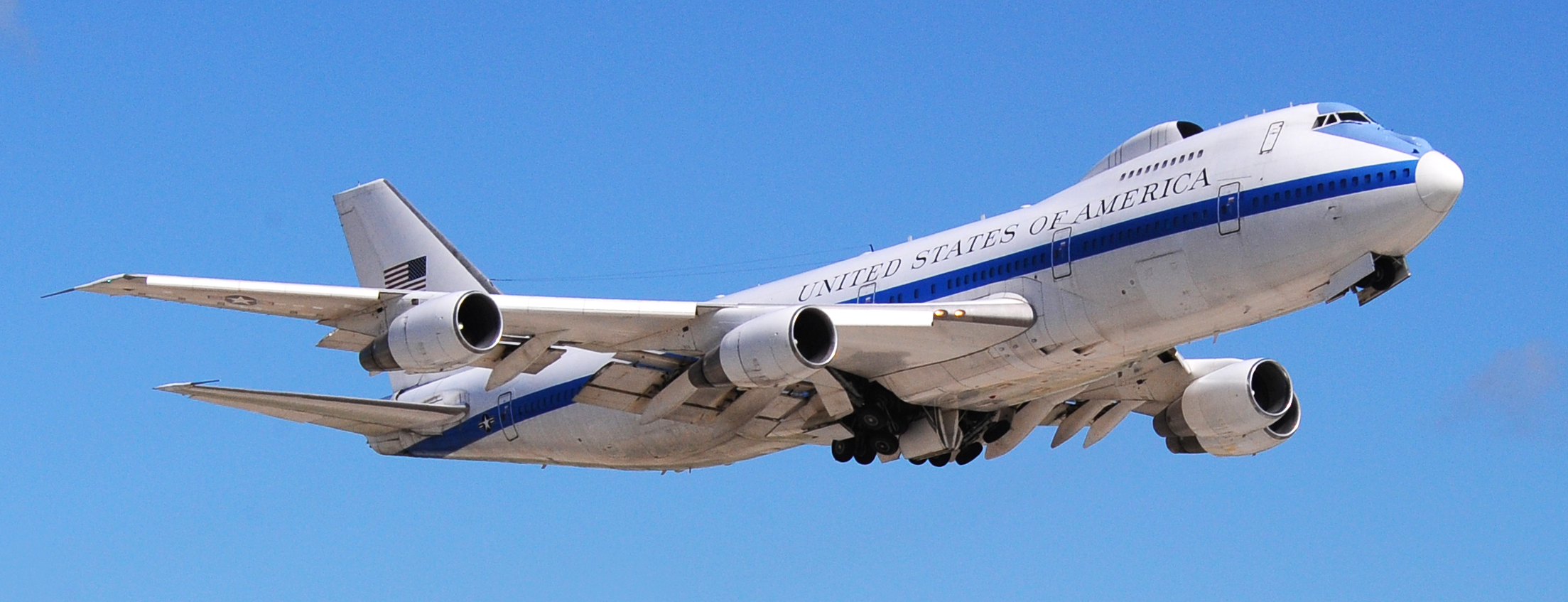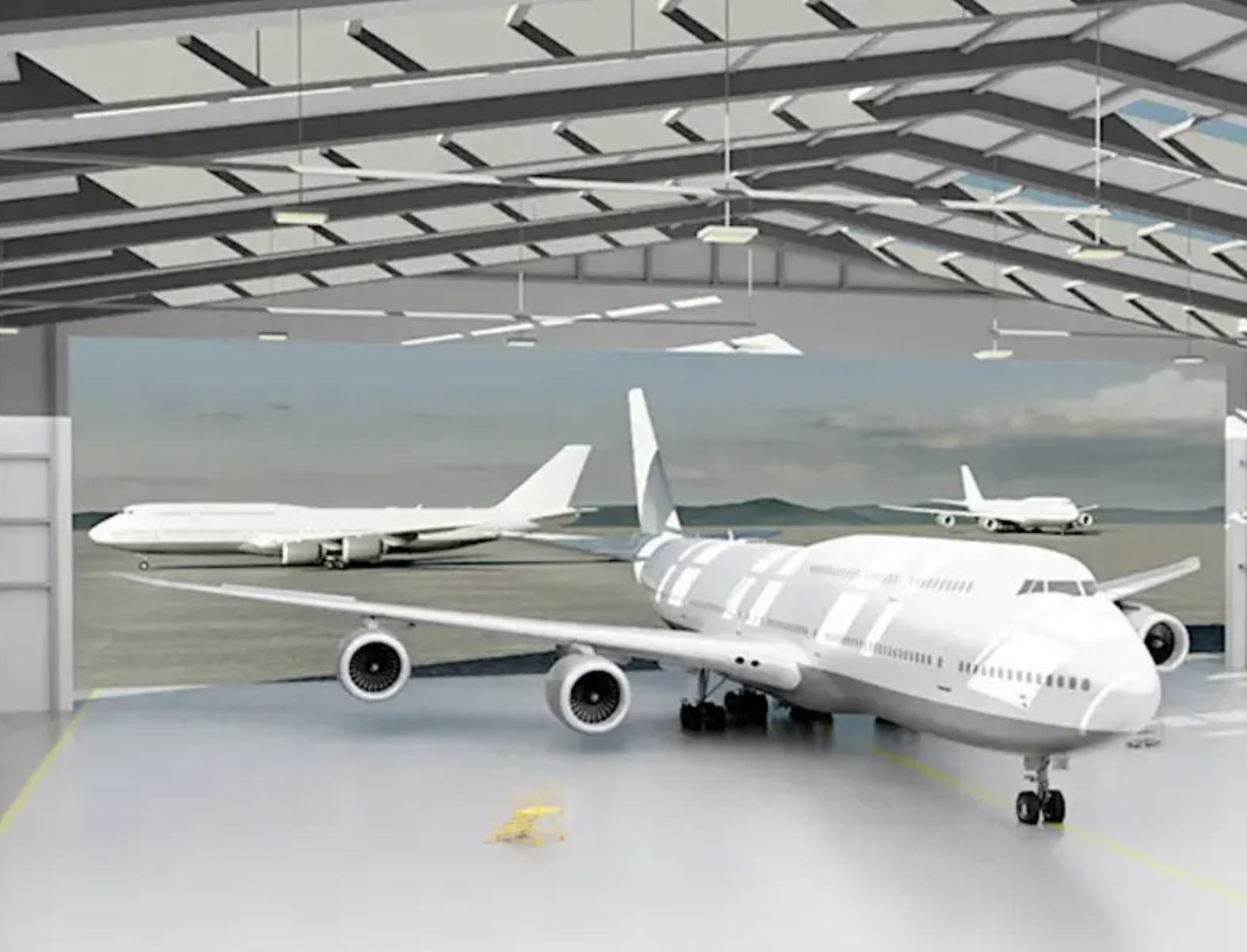Sierra Nevada Corporation (SNC), which won the contract to build the U.S. Air Force’s highly specialized Survivable Airborne Operations Center (SAOC) aircraft just last month, has acquired five Boeing 747-8s from Korean Air. It seems certain that these will be converted as the successors to the Air Force’s aging 747-200-based E-4B Nightwatch ‘doomsday planes,’ although at this stage we still don’t know exactly how many of the new SAOC aircraft will be fielded.
In an exchange filing yesterday, Korean Air confirmed it was selling five of its aircraft to SNC, Reuters reported. The deal is valued at $674 million and is part of the airline’s broader plans to modernize its fleet. The transfer of the aircraft is planned for September 2025, Korean Air said.

While the specific models that SNC is buying were not disclosed by Korean Air, an unnamed source said to be familiar with the matter told Reuters that they are indeed 747-8s. We have meanwhile also reached out to SNC for confirmation on this.
Korean Air’s passenger fleet currently includes nine 747-8s, which are operated in a three-class configuration with 368 seats. Among these aircraft is the example with the registration HL7644 — the last passenger 747 ever manufactured. As for the other possible candidate airframes, the oldest of these was delivered to Korean Air in August 2015. While the airframes are therefore among the youngest 747s available, they will still come with the regular wear and tear associated with routine airline operations.
Two of the current E-4Bs (which were completed as E-4As) had originally planned to be commercial airliners but never entered service in this capacity. Once the airline canceled the order, these aircraft became available for modification on behalf of the Air Force under the National Emergency Airborne Command Post (NECAP) program.

As we reported at the time, SNC on April 27 was announced as the winner of a contract valued at more than $13 billion to develop the SAOC. Replacing the current E-4Bs, these aircraft will play a vital role in ensuring the President and other senior military officials are able to perform their duties, including directing nuclear strikes, under all potential contingencies.
SNC had emerged as the undisputed contender to win the deal after Boeing dropped out last year.

The Air Force now operates four E-4Bs but there had been previous suggestions that between eight and 10 SAOCs might be acquired.
The sale of five Korean Air 747-8s to SNC suggests that the future SAOC fleet may also number five aircraft, although it remains possible that one might be used as a source of spare parts or perhaps even exclusively as an engineering and manufacturing development asset.
A larger fleet would necessitate the purchase of additional secondhand airframes and would likely be required if the SAOC aircraft ends up taking on the strategic airborne command post mission nicknamed Looking Glass, or a portion of it, something that has been suggested in the past. Currently, this Air Force mission is handled by the fleet of 16 Boeing 707-based E-6B Mercury aircraft operated by the U.S. Navy, a type that is also slated for replacement. These aircraft execute the Take Charge And Move Out role, communicating with America’s ballistic missile submarines, and the Looking Glass roles, which does the same with the nation’s land-based ICBMs and can even remotely launch them. The Navy’s replacement aircraft is based on the C-130J and will not feature the Looking Glass mission.
In advance of the contract award, SNC was already preparing to accept this aircraft model at its Dayton, Ohio, facility, where an overhaul hangar specifically sized to accommodate the 747-8 was inaugurated in August last year.

According to the relevant notice from the Pentagon, the contract for the development and production of the SAOC aircraft, including the delivery of engineering and manufacturing development aircraft, associated ground systems, production aircraft, and interim contractor support, is expected to be completed by July 2036.
The choice of the 747-8, though widely expected, will also provide some commonality between the SAOC fleet and the new VC-25B Air Force One jets. Boeing is now converting a pair of 747-8s originally built for a defunct Russian airline into VC-25Bs. Unlike the Korean Air 747-8s, the airframes selected to become VC-25Bs were never actually delivered to their intended commercial operator.

So far, we have had little in the way of details about the configuration of SNC’s SAOC, although concept art released by the company soon after it won the contract provided some interesting features, as you can read more about here.
Most critically, the conversion work will involve adding advanced and highly secure communications suites as well as hardening the aircraft against electromagnetic pulses, among many other changes. Concept art from SNC suggests that the new ‘doomsday plane’ will retain an aerial refueling system, something that seems set to be absent from the VC-25B.
Once fielded, the SAOC will be a fundamental part of the National Command Authority (NCA), providing a robust and survivable airborne command post from which the President can initiate a nuclear strike from anywhere in the world. This function means that an E-4B currently shadows the President on overseas trips. The Secretary of Defense regularly makes use of the E-4B for voyages abroad, flying aboard with their staff and members of the press.

You can read all about the U.S. government’s broader continuity of government plans, in which the E-4B plays a vital role, here.
While the airborne command post functionality may be at the heart of its mission, the SAOC, like today’s E-4B, will also be able to fulfill other roles. Its secure communications and command functions are also useful for directing other kinds of military operations and contingency response activities, including in the aftermath of major natural disasters.
In the past, we have discussed just how significant the award of the SAOC contract to SNC is, as well as the scale of the risks and potential awards associated with it.
The news that Korean Air is to sell multiple Boeing 747-8s to SNC is the next tangible move in a program that will not only revitalize the Air Force’s ‘doomsday plane’ fleet but also potentially set up the company to become a larger player in the military aerospace field.
UPDATE: 7:25 PM EST—
SNC has now confirmed to The War Zone that it is acquiring the Korean Air aircraft and that this is part of its work under the SAOC contract. The company said it could not otherwise elaborate on the specifics of the purchase.
In addition, SNC clarified to The War Zone that the initial report that the transfer of the aircraft is set to occur in September 2025 is incorrect. This is when the last of the five jets, specifically, is set to be delivered.
Contact the author: thomas@thewarzone.com
